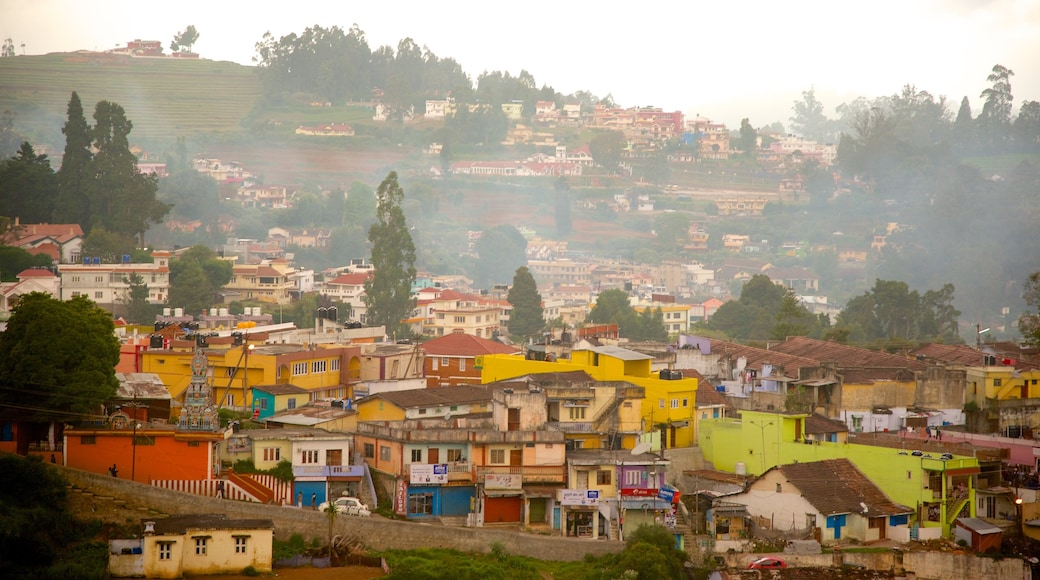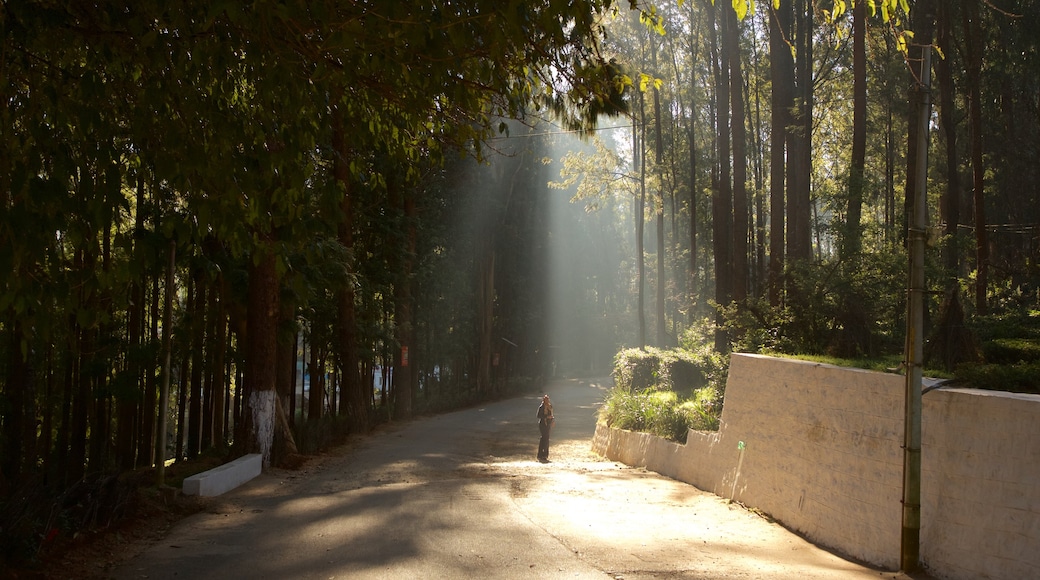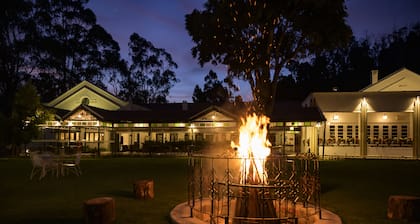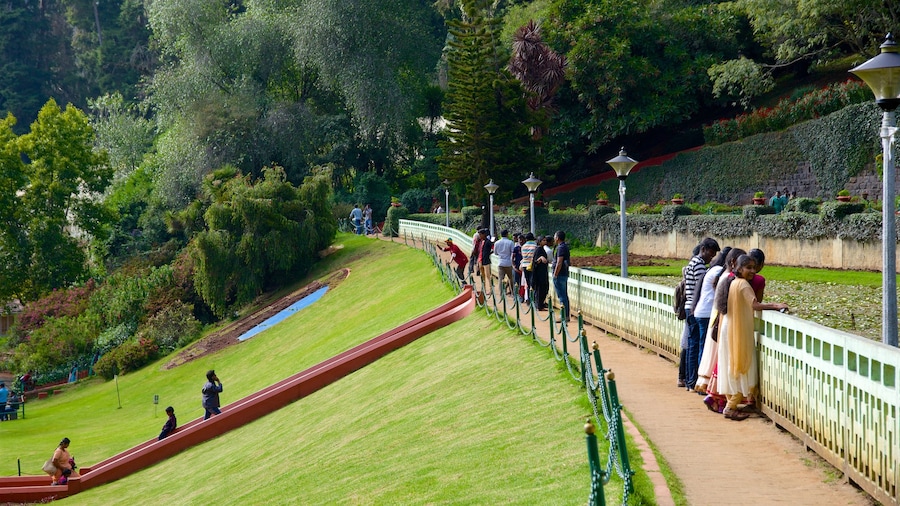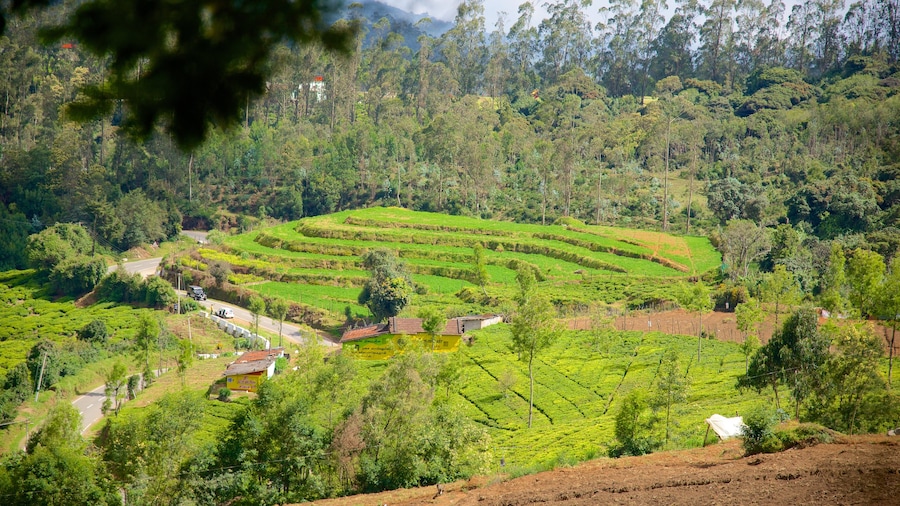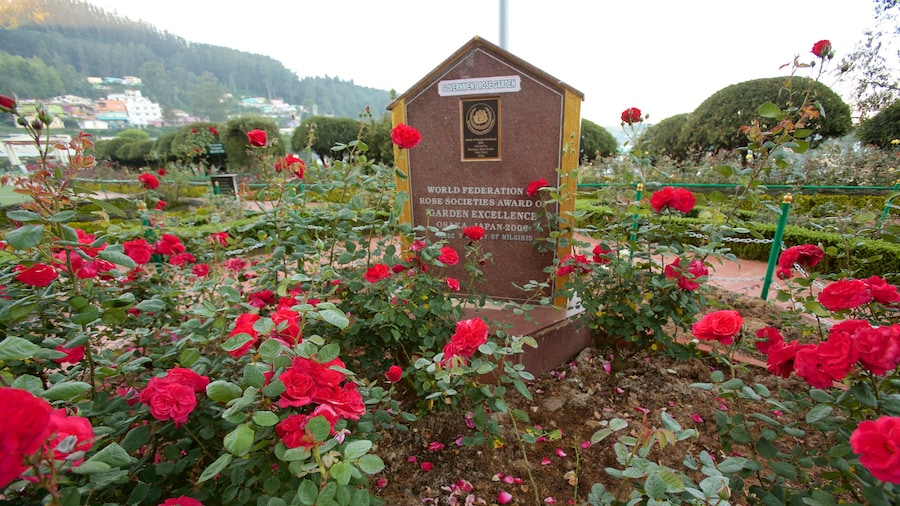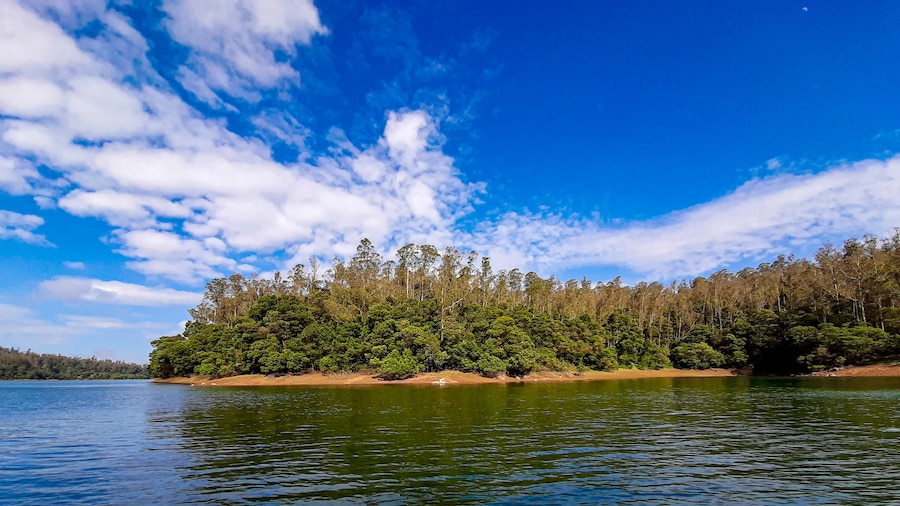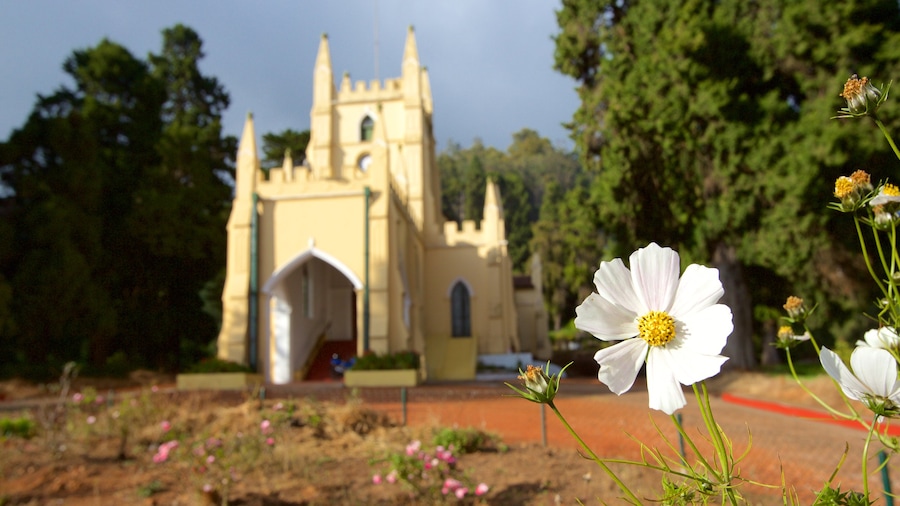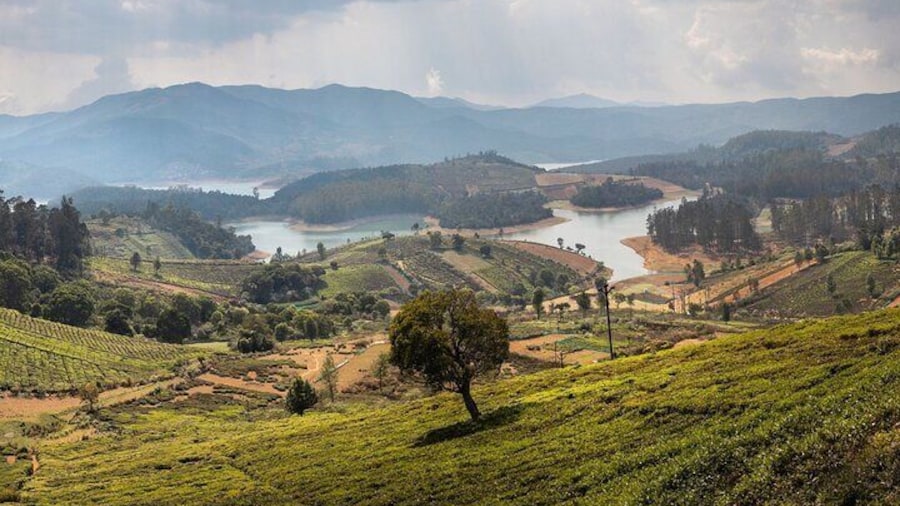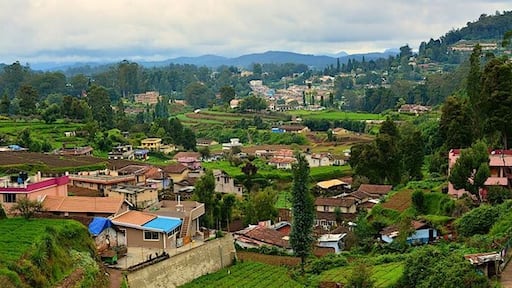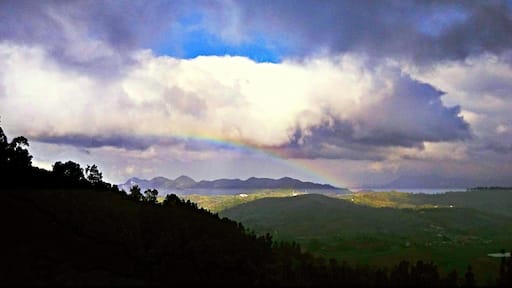Come to the “Queen of the Hill Stations” to enjoy the cool climate and sip exquisite tea in English-style rose gardens. Trek in the surrounding hills or learn about the native Toda people, who lived isolated for centuries before the British arrived.
Ooty, or Ughalamandalam to give it its full name, was established in the early 19th century after the British burra sahib John Sullivan noticed the area’s potential as a tea plantation. Within a decade it was one of the largest tea growing areas in the country. Back in the days when it was a hill station populated by elitist British ex-pats it was known as “Snooty Ooty”, though nowadays you’ll find no snobbishness here, just the gardens, architecture and tea plantations the British left behind.
The best way to get to Ooty is to take the Nilgiri Mountain Railway, a quaint steam railway that offers superb views as it climbs the 2,286 metres (7,500 feet) to Ooty town centre. If you don’t fancy the train there are good road links through the mountains as well.
Once in town you should explore the many colonial features left by the British. The Government Rose Garden is the largest in India, while the Ooty Botanical Gardens has a huge variety of rare plants on display. Notice the distinctly British street names too Charring Cross is the town’s main junction.
Out of town, explore the Nilgiri (Blue Mountains) and sample some of the freshest tea you will ever try when you visit one of the many plantations. Trekkers will enjoy the hike to Doddabetta Peak, the highest in the area, located just north of the city. Further afield, wildlife reserves such as Mudumalai National Park offer the opportunity to spot tigers and other wildlife.
April to June is the most popular time to visit Ooty, as the temperature ranges from cool to mild, a welcome break from the intense heat at sea level. October to March can be chilly, so bring warm clothes if you visit during this period.
